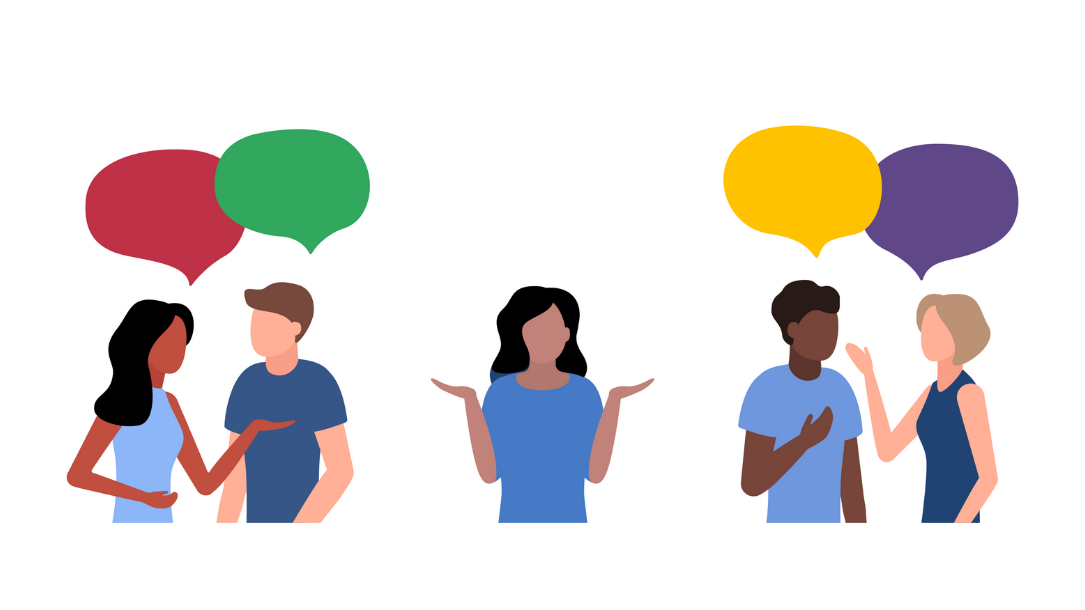Ask any medical professional, and they’ll say their number one goal is to provide quality patient care and positive health outcomes. But there’s more to meeting the needs of patients than writing prescriptions and monitoring treatment plans. From diagnosis to recovery, and everything in between, patients want to feel involved and supported throughout their healthcare experience.
Patients with limited English proficiency (LEP) deserve the same level of clarity.
Low health literacy rates result in worse outcomes for patients, in addition to leading to higher readmission rates, increased healthcare costs, and even elevated mortality rates. LEP patients may have limited literacy in their native language in addition to English, which complicates communication further.
How medical staff responds to these differences can have lasting effects on the relationship between doctor and patient. When these kinds of cultural differences are handled thoughtfully, it can increase the acceptance of care.
While basic translation and interpretation pave a pathway to better communication, cultural competence is needed in medical settings too.
In fact, studies show that cultural competence among medical professionals can have ripple effects on the quality of care that LEP patients receive. With the help of bilingual care coordination programs, bilingual care liaison programs, and in-language call lines:
- Patient health outcomes improve
- Satisfaction rates increase
- Readmission rates drop
Wondering where to begin? We’ve got you covered.
Common Cultural Barriers in Medical Settings
Every patient who enters your waiting room has their own ideas about when and how to interact with medical staff. Some LEP patients may come from cultural backgrounds where asking medical professionals questions is discouraged. Others may distrust prescription medications or dismiss treatment of mental illness due to cultural norms and practices.
Body language, gestures, tone of voice, and even eye contact may be misinterpreted by medical professionals or administrative staff without the proper education and cultural sensitivity. Cultural attitudes about family dynamics and gender roles might also affect how patients make decisions about their care.
Benefits of Localized Interpretation and Translation on the Patient Experience
Culturally adapted communication helps you overcome the most common language barriers in healthcare and set your patients up for success. The right language partner can help you get there with solutions like on-site interpretation, over-the-phone interpretation (OPI), and medical translation.
Call on the guidance of interpreters with subject matter expertise to provide accurate, versatile medical communication on-site and over the phone. As you streamline the efficiency of your bilingual call center, you’ll minimize wait times and resolve issues more quickly. Work with experienced linguists to craft documents in compliance with ISO standards for manual, marketing, advertising, and website translations.
Over time, in close collaboration with your language partner, your healthcare organization can:
- Boost patient adherence to treatment and recovery
- Lower readmission rates
- Increase levels of patient satisfaction
- Drive more positive patient outcomes
Steps Your Organization Can Take to Provide Culturally Adapted Communication
Put the needs of your LEP patients first by taking these steps toward understanding and implementing localized interpretation and translation.
Step 1: Consult the National Standards on Culturally and Linguistically Appropriate Services.
To begin, consult with the National Standards on Culturally and Linguistically Appropriate Services (CLAS) whose primary objective is to advance health equity, improve patient outcomes, and elevate the quality of care. CLAS mandates are current federal requirements for all recipients of federal funds.
Ensure your localized language initiatives are up to code based on the 14 standards outlined by CLAS, including culturally competent care, language access services, and organizational support for cultural competence standards.
Step 2: Implement CDC best practices.
Next, reference the CDC’s Health Equity Guiding Principles for Inclusive Communication. In doing so, you’ll gain insight on how to:
- Develop an action plan for the role of language solutions in addressing systemic social and health inequities
- Improve cultural responsiveness in patient interactions and messaging
- Maintain inclusive language across gender, race, and language background
Step 3: Join forces with a comprehensive language solutions partner.
The last and most important step is to partner with a reputable language solutions partner that can satisfy your patients’ translation, interpretation, and localization needs in conjunction with cultural competence.
After developing a language access plan, choose a language solutions partner with healthcare translation, interpretation, and localization expertise to deliver robust localization and cross-cultural competency. As a result, you’ll ensure your patients get access to quality healthcare from qualified medical experts and experienced linguists.
Overcome Language Barriers with ULG
ULG is here to help you get started. Our healthcare interpretation and translation solutions help you improve health outcomes and reduce healthcare costs. Give your patients support with an all-in-one HIPAA-compliant language solution, including:
- Direct connect interpreters
- OPI and video remote interpretation (VRI)
- Document translation
- Culturally responsive solutions for localization and better health outcomes
Want to learn more about how to break language barriers and build cultural competence? Watch our on-demand webinar about Access vs. Equity in the healthcare industry.


